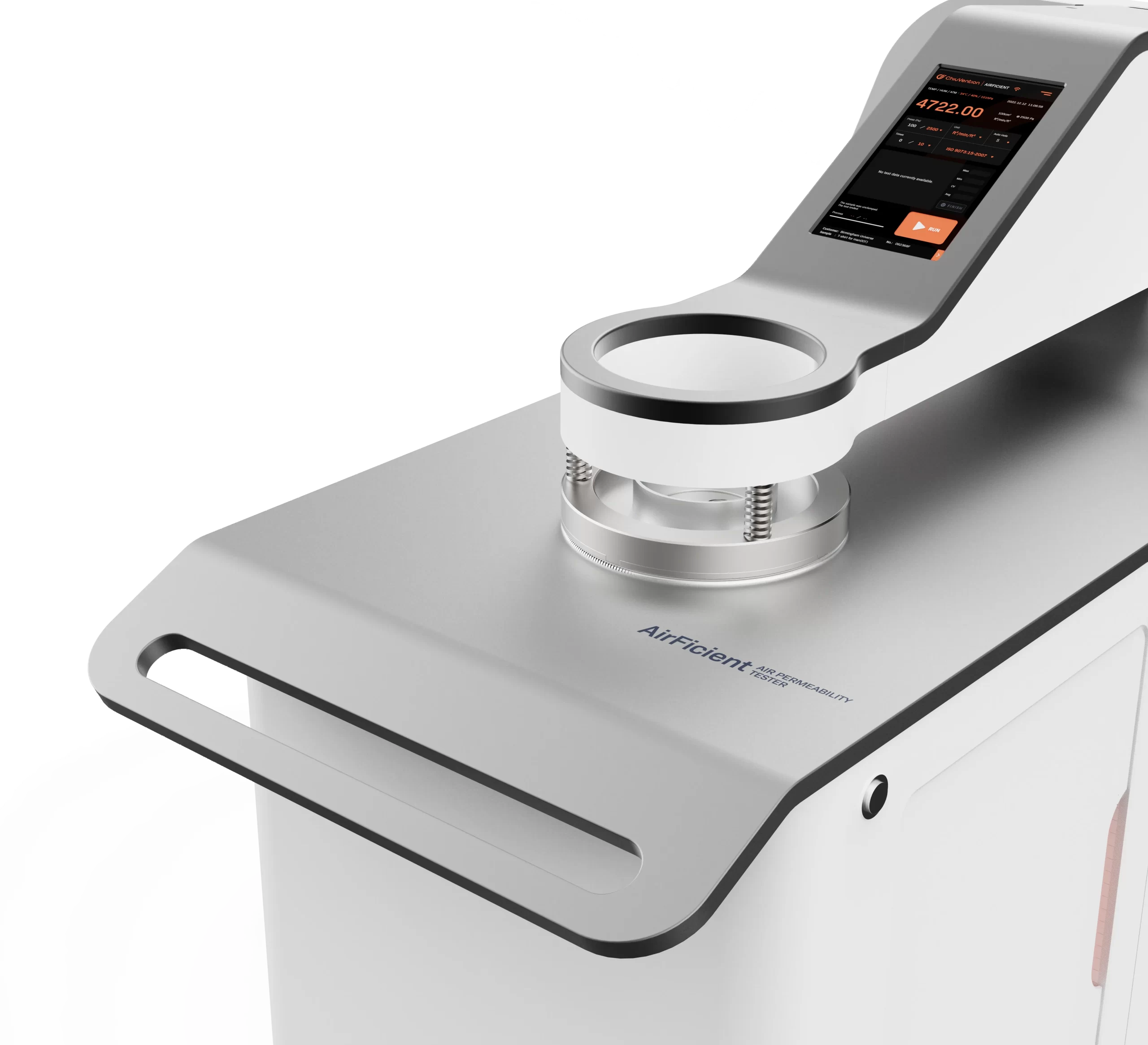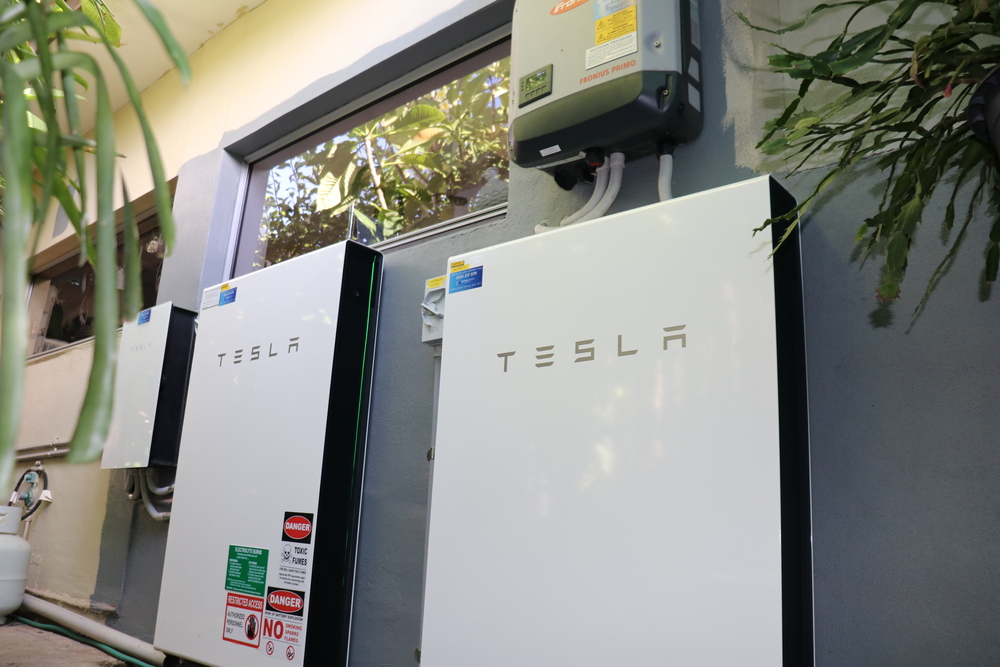When it comes to maintaining a comfortable indoor environment, the efficiency of your HVAC (Heating, Ventilation, and Air Conditioning) system plays a crucial role. One essential aspect that often gets overlooked is air permeability. Understanding how Frazier Air Permeability Testing can enhance HVAC performance not only saves energy but also improves indoor air quality. Let’s dive into this topic and explore how these tests work and their significance.
What Are Air Permeability Tests?
Air permeability tests measure how easily air can flow through the building’s envelope. This includes walls, windows, doors, and ceilings. During the test, a fan is installed to create a pressure difference between the inside and outside of the building. The amount of air that escapes or enters the structure is recorded. This data provides insight into how airtight a building is and helps identify areas where air leakage occurs.
The Importance of Air Leakage Testing
Air leaks can significantly affect your HVAC system’s efficiency. When outside air enters a building through unsealed gaps, your heating or cooling system has to work harder to maintain the desired temperature. This not only leads to higher energy bills but also causes wear and tear on your HVAC equipment. By identifying and sealing these leaks, homeowners can enhance energy efficiency and improve comfort levels.
How Air Permeability Tests Improve HVAC Efficiency
Identifying Weak Points
One of the key benefits of air permeability tests is the ability to pinpoint weak areas in your building’s envelope. These weak points often include gaps around windows and doors, cracks in walls, or poorly sealed ducts. Once these areas are identified, homeowners can take corrective measures, such as applying weatherstripping or using caulking to seal gaps.
Enhancing Energy Efficiency
When your home is more airtight, your HVAC system doesn’t have to work as hard to heat or cool the space. This can lead to a significant reduction in energy consumption. According to various studies, homes that undergo air permeability testing and sealing can save between 20% to 30% on energy costs. Imagine what you could do with the extra money in your pocket!
Improving Indoor Air Quality
Good air quality is essential for a healthy living environment. When outside air leaks into your home, it can bring along dust, pollen, and other allergens. By sealing these leaks, air permeability tests help to maintain a cleaner and healthier indoor environment. This is especially important for individuals with allergies or respiratory issues, as it can significantly enhance their quality of life.
The Role of HVAC Design in Air Permeability
Proper Ventilation Systems
An effective HVAC system is not just about heating and cooling; it’s also about proper ventilation. Air permeability tests can highlight the importance of designing an efficient ventilation system. Once leaks are sealed, it’s crucial to ensure that fresh air is still introduced into the home. This balance helps to maintain a comfortable environment without compromising energy efficiency.
Duct Sealing
Ductwork is another area where air permeability plays a vital role. Leaky ducts can result in significant energy loss, leading to inefficient HVAC performance. By using air permeability tests, homeowners can identify whether their ducts are leaking air and take steps to seal them properly. This ensures that conditioned air reaches every corner of the home, optimizing comfort and efficiency.
Conducting Air Permeability Tests
Choosing the Right Professionals
If you’re considering an air permeability test, it’s essential to hire a qualified professional who can conduct the test accurately. Look for certified energy auditors or home performance contractors with experience in this field. They will have the necessary tools and expertise to assess your home and provide recommendations for improvements.
The Testing Process
During the test, you can expect a thorough examination of your home. The auditor will check various entry points for air leaks and use specialized equipment to measure air exchange rates. This process typically takes a few hours, but the information gained is invaluable for enhancing your HVAC system’s performance.
The Long-Term Benefits of Air Permeability Testing
Cost Savings
In addition to immediate energy savings, improving air permeability can lead to long-term cost savings. A well-sealed home reduces the wear on your HVAC system, extending its lifespan. This means fewer repairs and replacements over time, which can save you a significant amount of money in the long run.
Increased Comfort
Imagine living in a home where the temperature is consistent from room to room, with no drafts or hot spots. By improving your HVAC system’s efficiency through air permeability testing, you can achieve this level of comfort. You’ll enjoy a more pleasant living environment, making your home a sanctuary for relaxation and enjoyment.
Conclusion
In summary, air permeability tests are a valuable tool for improving HVAC performance. They identify air leaks, enhance energy efficiency, and improve indoor air quality. By investing in these tests and making necessary adjustments, homeowners can enjoy a more comfortable living space while reducing energy costs. If you haven’t already, consider scheduling an air permeability test for your home. It’s a small step that can lead to significant improvements in your comfort and energy savings.









